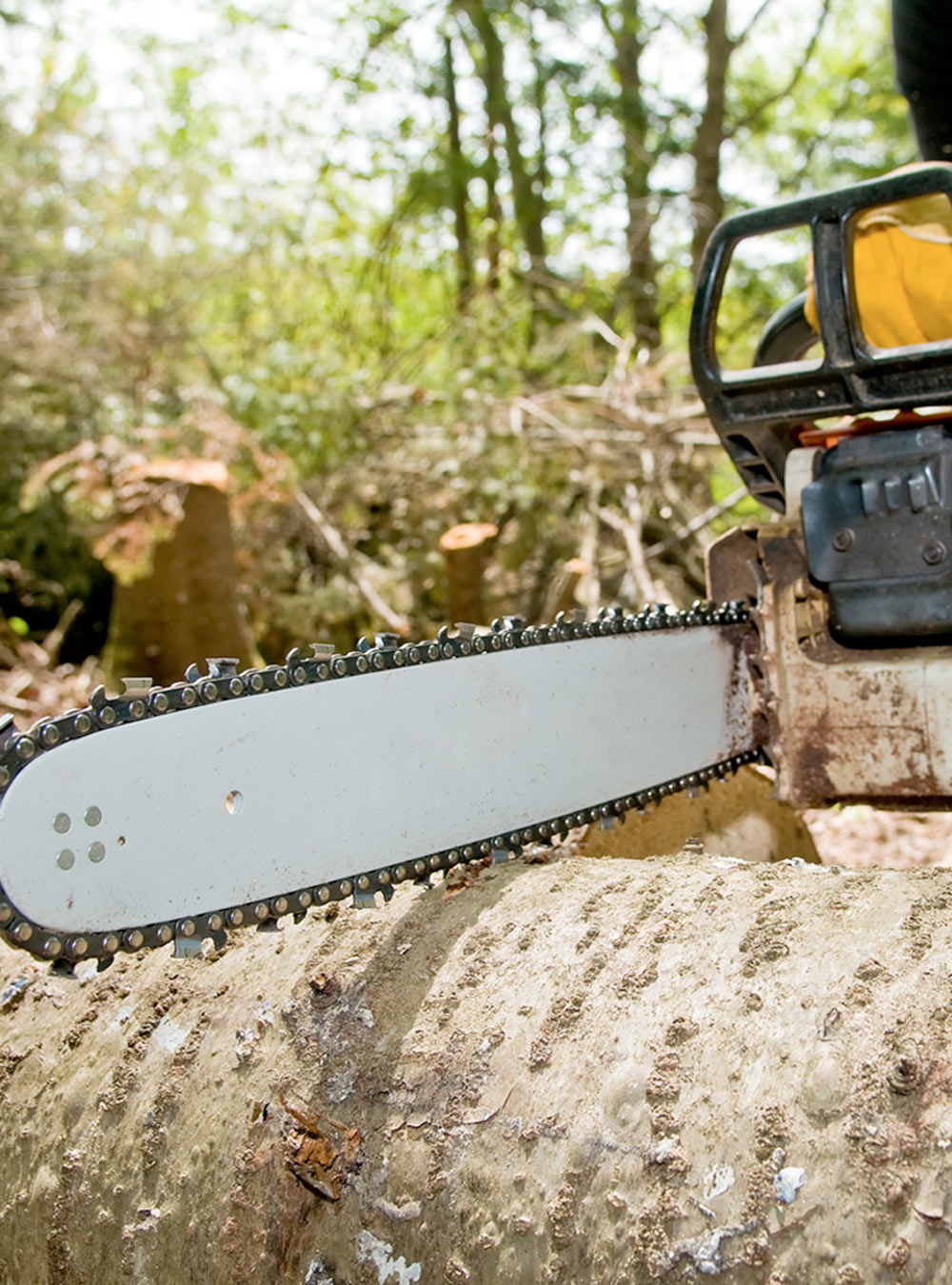Fire Blight
This disease affects certain species in the rose family and is most serious when spring temperatures are warmer than average.
CONTACT THE TREE CARE EXPERTS TODAYThis disease affects certain species in the rose family and is most serious when spring temperatures are warmer than average.
CONTACT THE TREE CARE EXPERTS TODAYCALL FOR A FREE ESTIMATE: 636-391-9944 | 415 | | Fax: 636-391-9948
Fire blight is a destructive bacterial disease found on certain trees and shrubs in the rose family. The disease causes leaves to wilt and darken while they remain attached to the tree, giving the tree a fire-scorched appearance, thus the name “fire blight.”
The disease enters the tree at the tips of the branches then travels down the stems. It attacks soft, new growth first, so you may initially notice symptoms at the top of the plant. To have your trees inspected by an expert, contact the certified arborists at Omni Tree Service today!
Bacterial ooze can exude out of infected tissue in droplets or fine, hair-like strands — especially in warm, wet conditions.
Infected fruits will also exude bacterial ooze. Rather than falling, the fruit will gradually dry and remain attached to the branch.
Throughout the blossom blight phase, infected blossoms will:
The bark at the base of infected twigs becomes water-soaked and will darken. It becomes sunken and dry, and cracks may develop at the edge of the sunken area. Branch tips may bend over forming a “shepherd’s crook.”
Young twigs and branches die from the infected end and appear burned or deep rust-colored.
Fire blight cankers on branches and stems appear as dark, discolored areas that are slightly sunken. They have a narrow callus ridge along the outer edge, which differentiates fire blight cankers from fungal cankers. Droplets of bacterial ooze may appear on the canker as well. The inner bark underneath the canker turns from green to brown, but the appearance varies depending on the type of plant.
The disease affects certain plants in the Rosaceae family, which includes trees and shrubs in orchards, nurseries, and landscape plantings.
These plants include:
However, certain varieties of these plants can be tolerant or resistant to the disease.
Throughout winter, the bacteria (Erwinia amylovora) live in infected branches and sunken cankers (areas of bark killed by bacteria). In spring, when temperatures frequently reach 65 degrees Fahrenheit, the bacteria multiply rapidly.
The bacteria make their way to the bark’s surface through cracks and pores where they form a sweet, gummy bacterial ooze. Droplets of the ooze can form on twigs within just three days after infection. Insects such as aphids, ants, bees, beetles, and flies are attracted to the ooze, pick up the bacteria on their bodies, and inadvertently carry the bacteria to opening blossoms.
Bacteria multiply rapidly in the blossom’s nectar and eventually enter the flower tissue and then move into the branch. After the bacteria invade and kill the branch’s cambial tissue (responsible for the growth of stem and root thickness) all surrounding flowers, leaves, and fruit die.
The pathogen can also be spread by rain, dew, and wind splashing the bacterial ooze, as well as by tools used for pruning.
There is no cure for the disease, so prevention is the best solution for management.
It is always best to have a professional handle the removal of any tree issues, including fire blight-infected trees, as to not spread the disease further. The certified arborists at Omni Tree Service will inspect your trees and properly treat any problems. Contact us today!

St. Louis Tree Care Company
Don’t leave your trees to chance and the elements – let us help bring them new life & make your yard look fantastic.
Contact us today at
636-391-9944
for a FREE ESTIMATE!